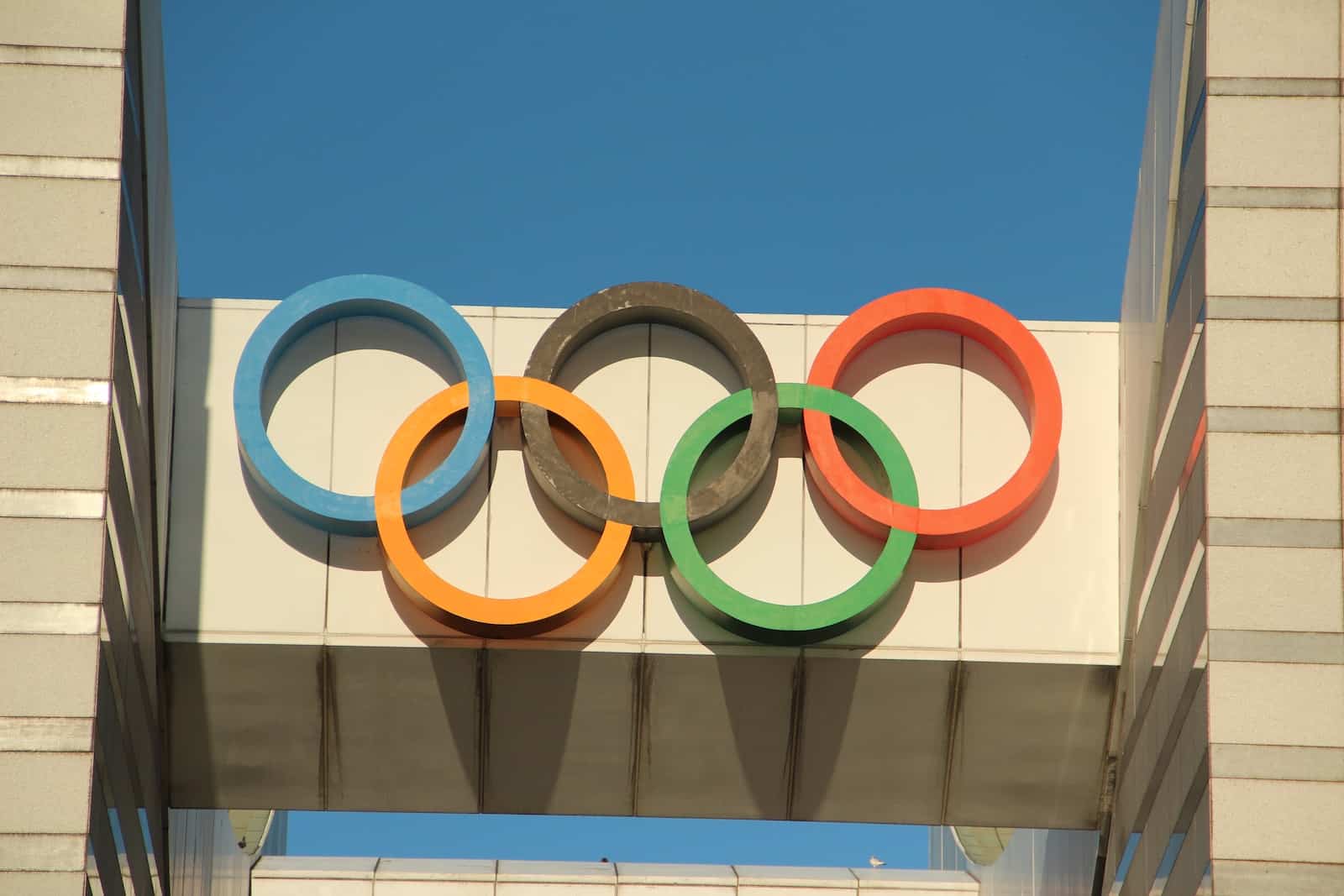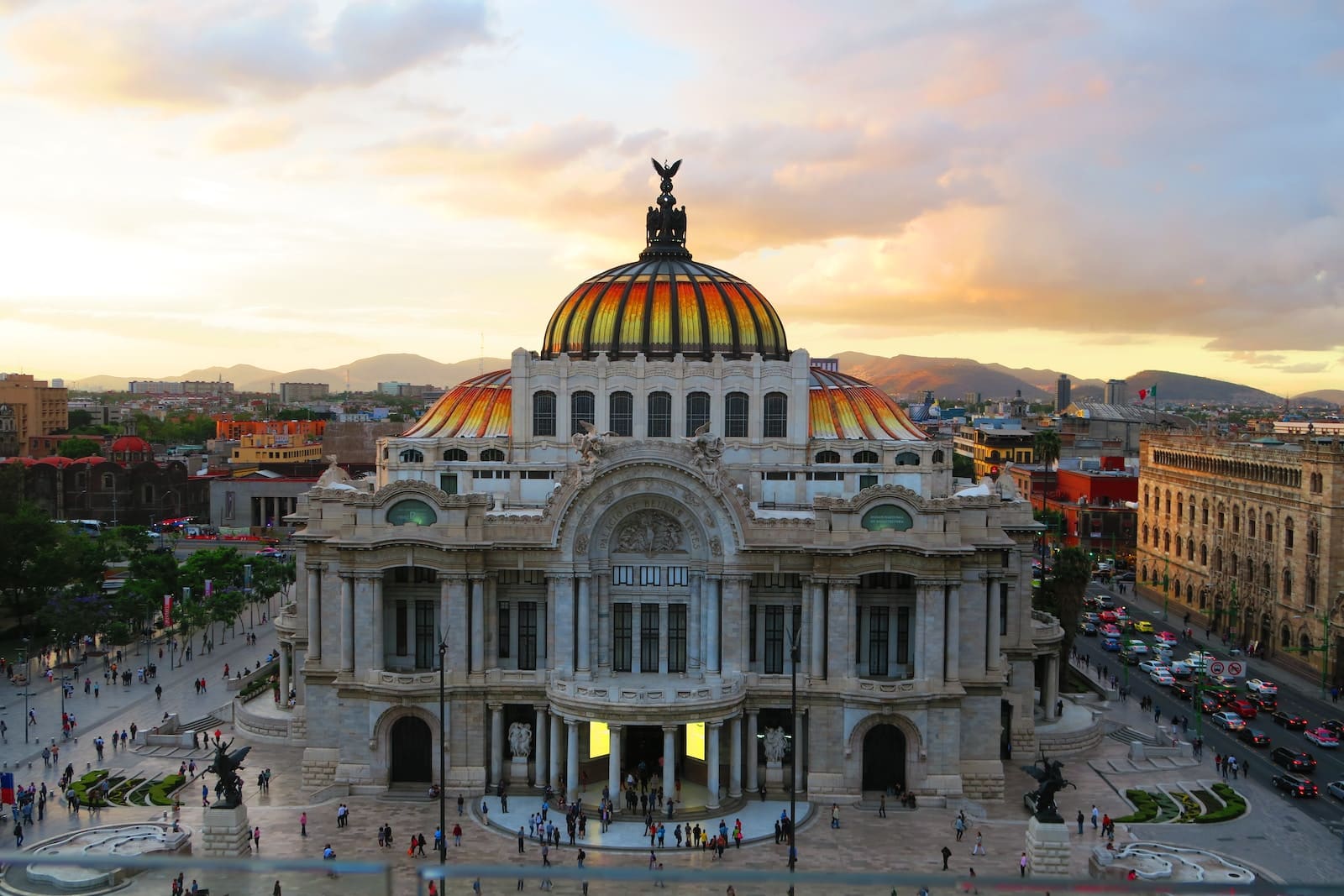European authorities have moved another step closer in an attempt to sharply limit the daily amounts of vitamin B6 that EU consumers are allowed to use in food supplements. Last Friday evening (10 February), the European Food Safety Authority (EFSA) closed a public consultation that had been open for only a month.
The consultation sought comments on its proposal to lower the acceptable upper limit for vitamin B6, the maximum daily amount considered safe for long-term use from all sources (i.e. food and supplements), to a paltry 12.5 mg per day.
This proposed new level is half the level previously set by EFSA’s predecessor, the Scientific Committee on Food. It is also only one-eighth of the amount considered safe by the US National Academy of Medicine (100 mg/day).
In its response to the consultation, the Alliance for Natural Health (ANH) Europe pointed out gross irregularities in the scientific process followed by EFSA.
Scientific director, Robert Verkerk PhD, said,
“The Commission’s mandate to EFSA was to revise the level based on new science and methodologies. Instead, EFSA ignored new methodologies and used old, discredited or irrelevant science, including an old study on five beagle dogs conducted more than 45 years ago.
Dr Verkerk added,
“Not only that, EFSA wants to apply this new level to all forms of vitamin B6 to protect people from any risk of peripheral neuropathy, despite the fact that this has only been associated with one form – pyridoxine – and then only when megadoses of 1,000 mg have been taken for prolonged periods.”
ANH Europe claims that it would be legally disproportionate for EU member states or the European Commission to seek to reduce levels of all forms, especially the bioactive, coenzyme, pyridoxal 5′-phosphate form, on the basis of this reduced TUL.
Dr Nick van Ruiten, director of ANH Europe, expressed serious concern about EFSA’s proposal,
“This is part of a very slippery slope for free choice and self-care in the EU. Science has shown that higher doses of B6, B12, folic acid and omega-3 fatty acids lower the risk of cognitive decline and Alzheimer’s, and thousands of women are counting on being at higher risk.On B6 to relieve their PMS symptoms, EFSA’s proposal makes no sense. Especially given the vast amount of data on the safety of the vitamin, especially when used in coenzyme form.”
ANH Europe and other organisations that criticised EFSA’s proposal hope that the final EFSA opinion will be slightly modified. If not, this could soon lead national regulators to further lower their own limits. The European Commission has indicated its intention to push ahead with the harmonisation of vitamin and mineral levels in the EU, a plan that has been on the drawing board since the adoption of the EU Food Supplements Directive in 2002.
ANH Europe’s response to EFSA’s consultation can be downloaded below. END.
EFSA public consultation announcement on vitamin B6: https://connect.efsa.europa.eu/RM/s/publicconsultation2/a0l09000006qMHZ/pc0353
ANH Europe’s response to EFSA’s consultation can be downloaded from the following link: https://www.anhinternational.org/resources/documents/230210-anh-b6-consultation-response/
Press release from the Alliance for Natural Health Europe.














